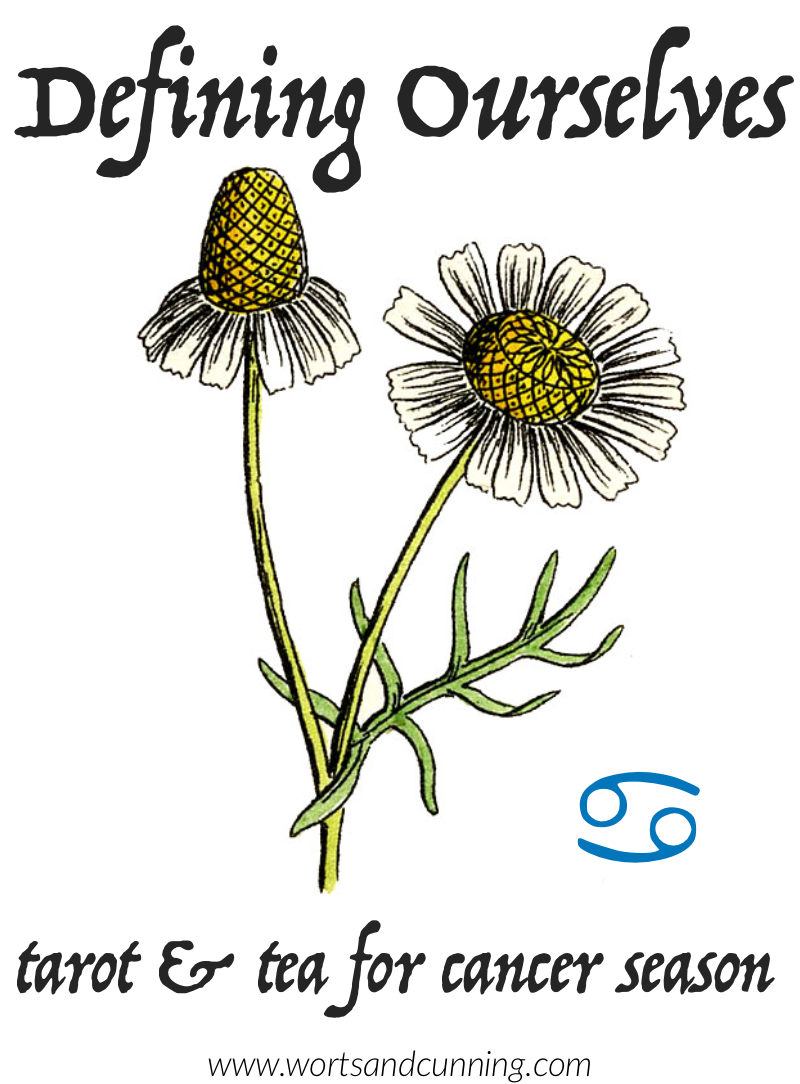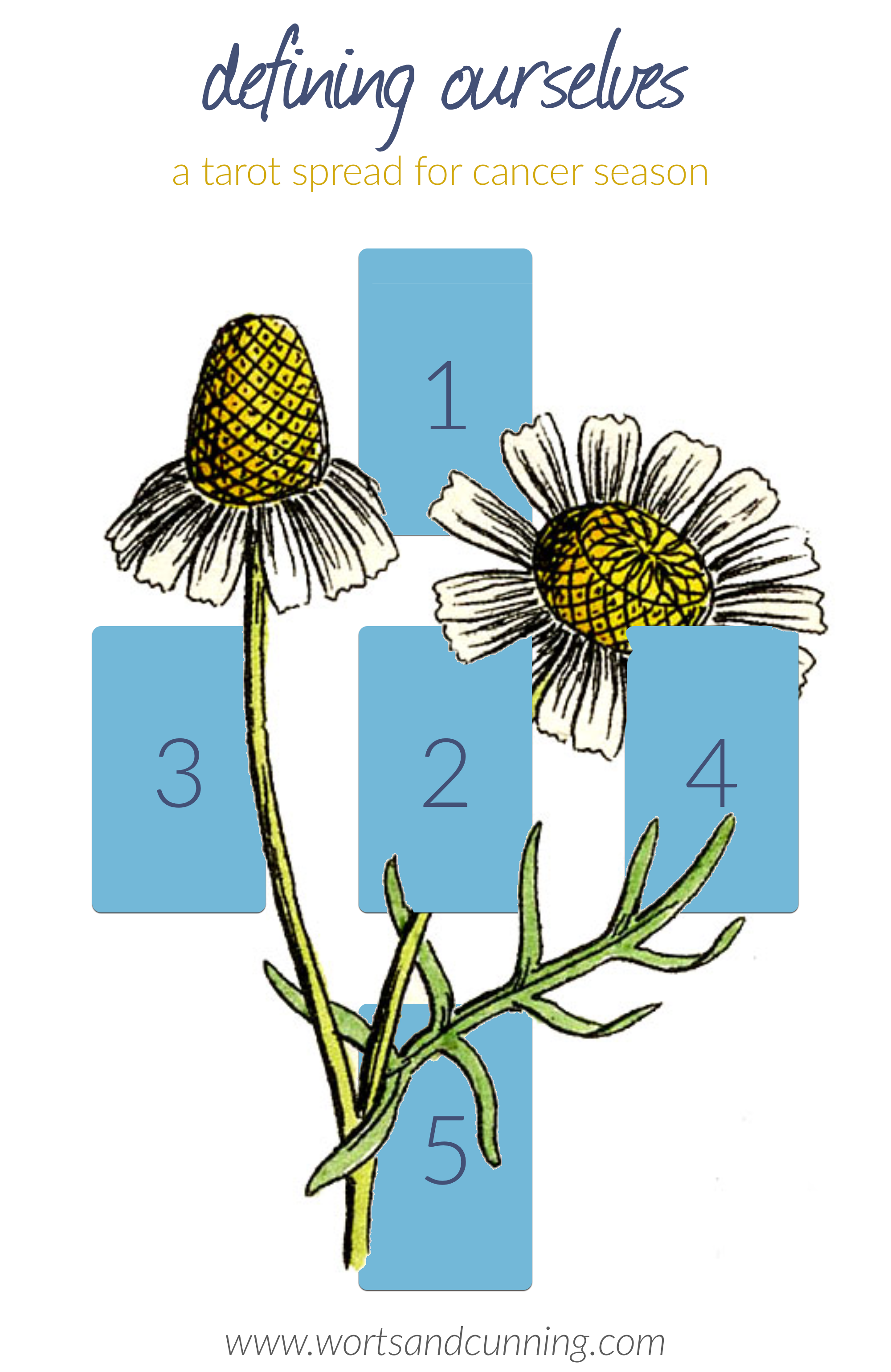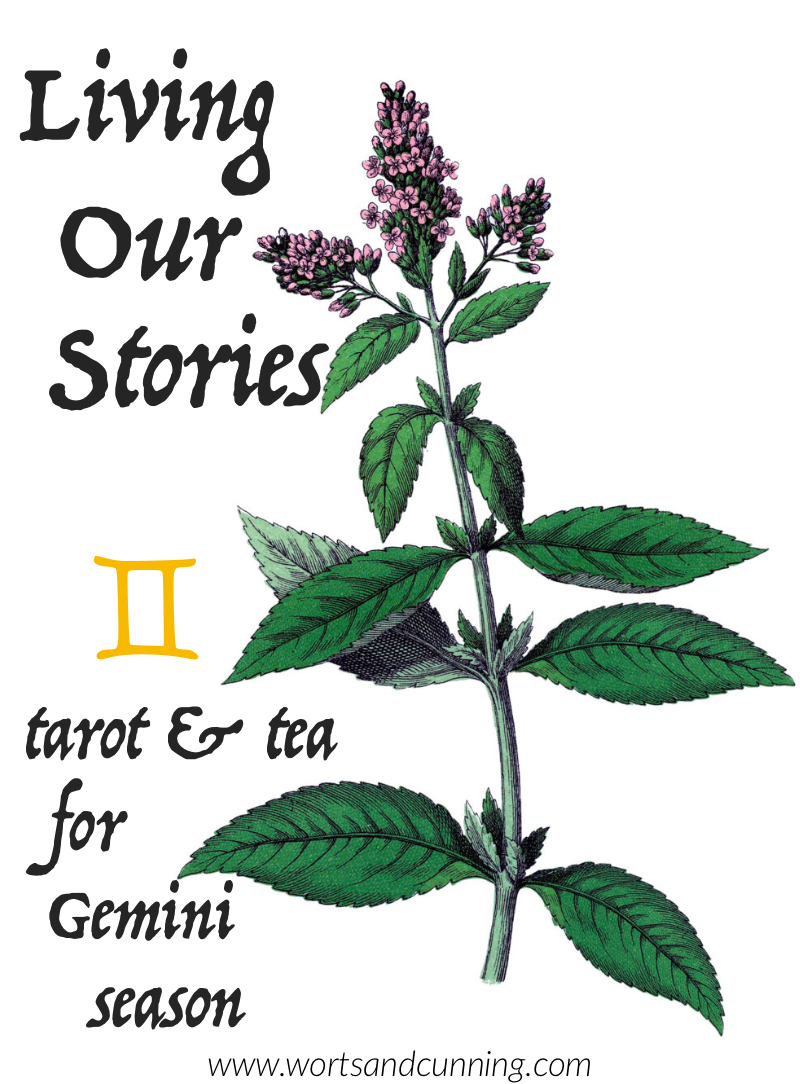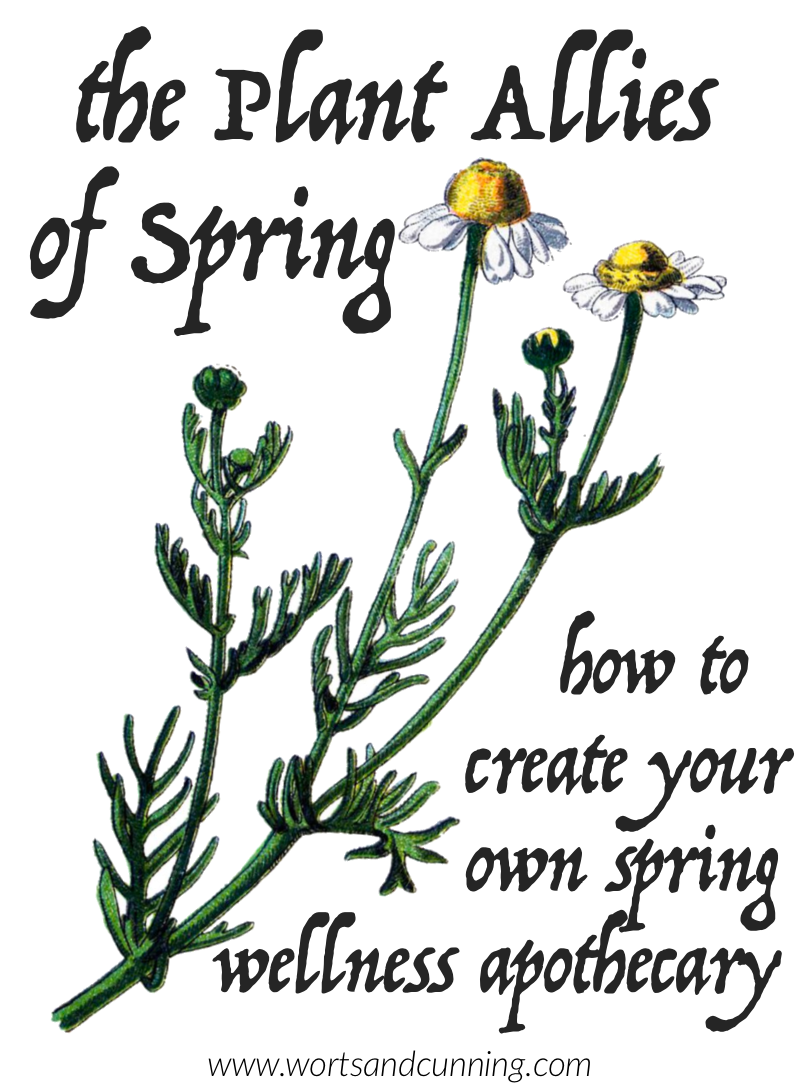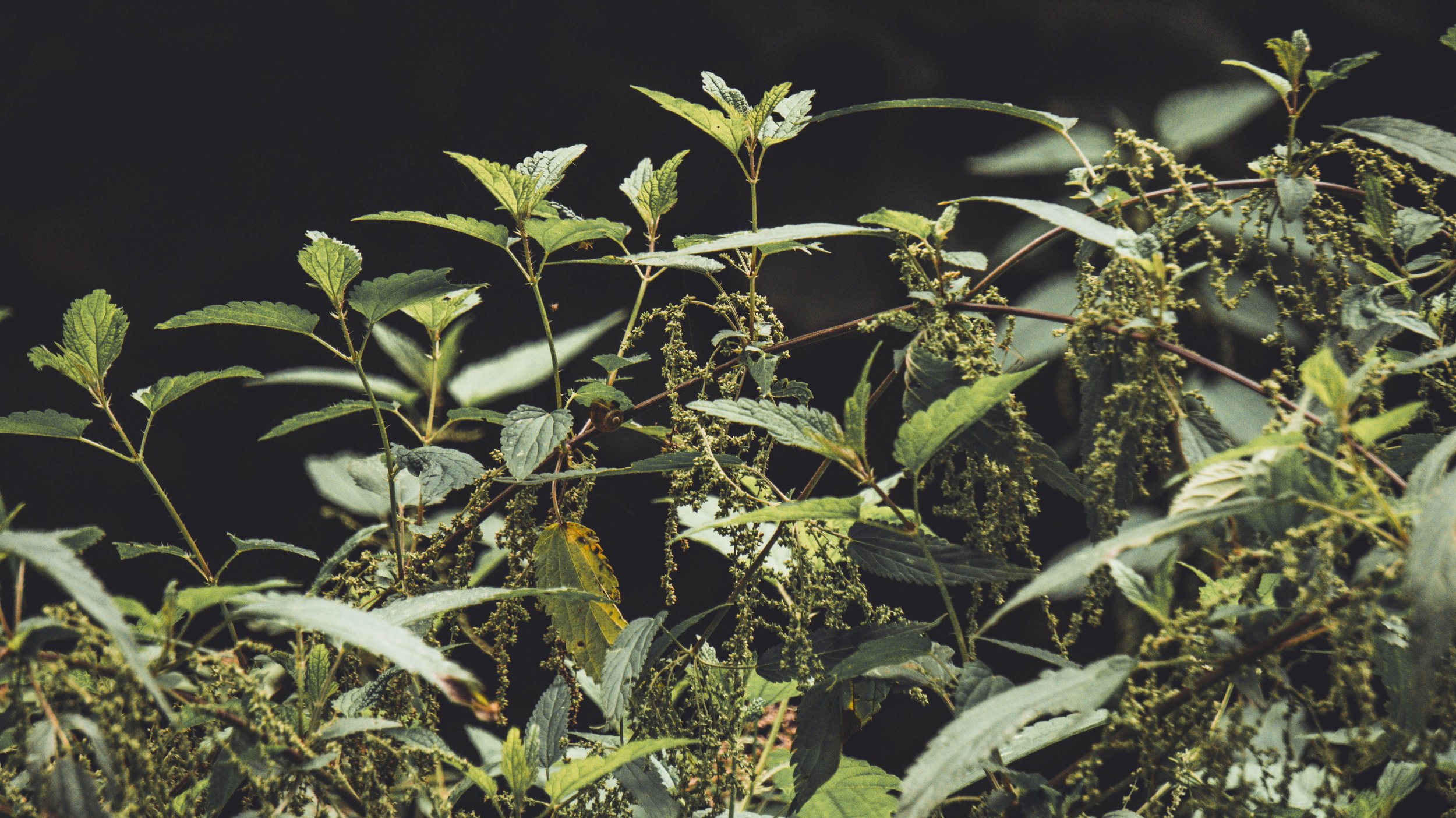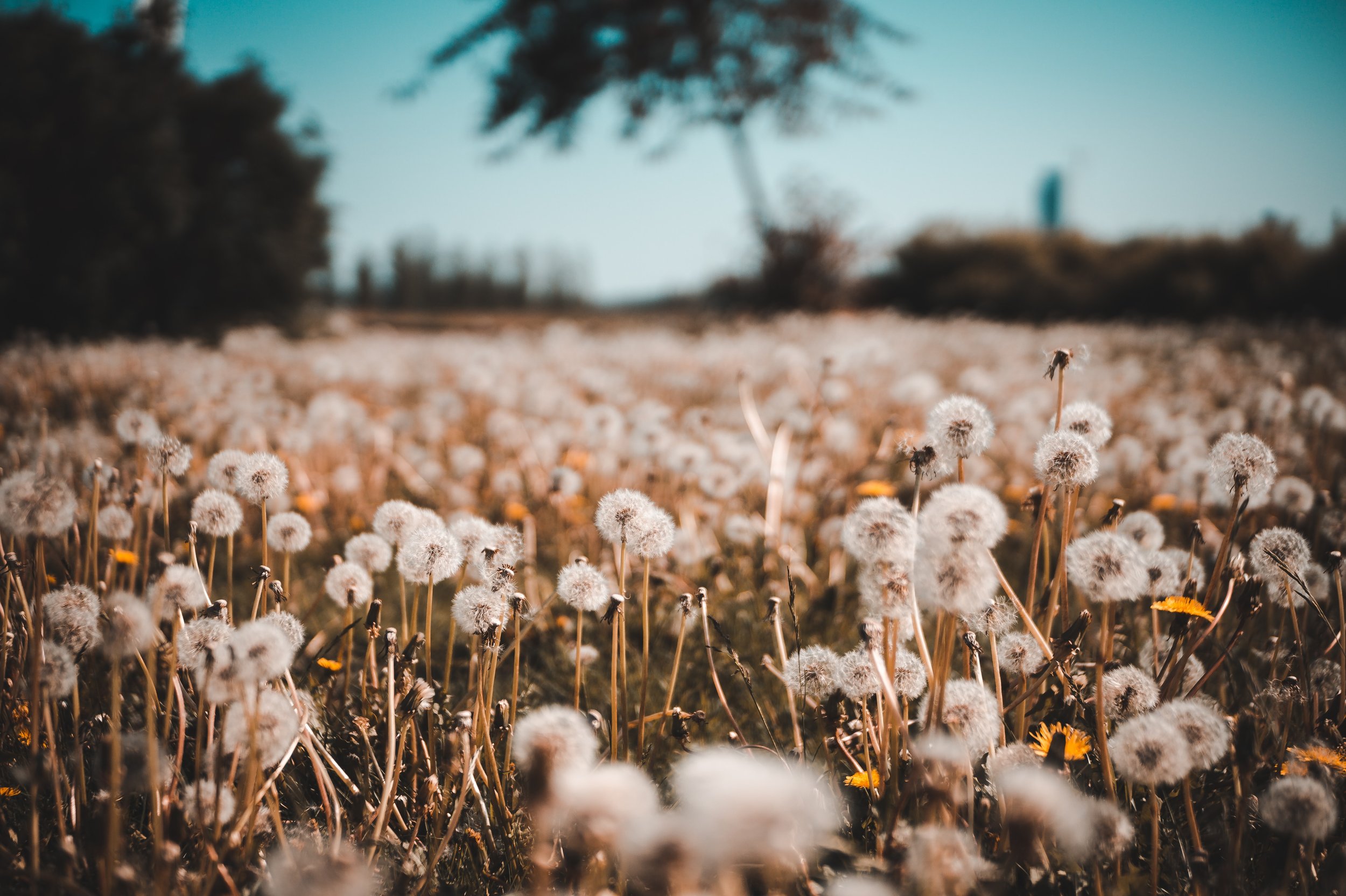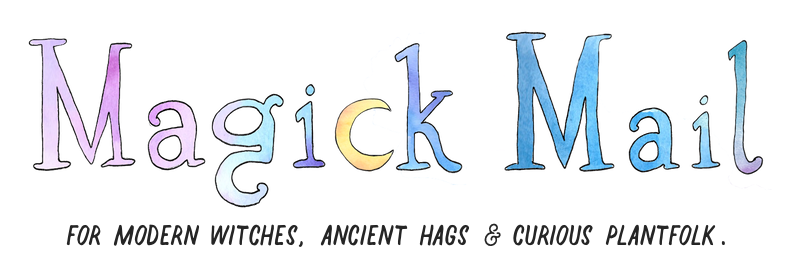Defining Ourselves: Tarot and Tea for Cancer Season
Welcome to Cancer Season and my latest post on tarot practices and herbal allies for the twelve seasons of the zodiac (you can learn more about the series here).
The season of Cancer begins at Solstice - the longest day of the year in the northern hemisphere and the shortest day of the year in the southern hemisphere. There is an intensity to the energy of Cancer that isn't always as apparent at first glance, but there is a lot going on beneath the surface. If Gemini season has a tendency to stir things up, it's in Cancer season that we mull it all over. And then we might mull it over again. And then take a nap. And then remember that one time that was similar to the thing we're currently mulling over…
We've met the first three of the four sacred elements through the signs of Aries, Taurus, and Gemini, and now we meet our first water sign, Cancer. Cancer, like Aries, is a cardinal sign which lets us know that it marks the start of a new season and it is a sign that is actively engaged with the energy it embodies. For Cancer, that is engaging with our feelings and the depths of our emotional experience. Another way to understand Cancer energy is to think about being at the shoreline, looking out into the vastness of the ocean, ready to jump in.
One of the really magickal qualities of Cancer is its ability to straddle the worlds between. It is fitting then that the symbol of Cancer is the crab, a creature that can live both in water and on land, representing our ability to move between different states of consciousness, different points along our timeline (i.e. exploring our memories), and to move back and forth skills and wisdom gained in both our inner and outer worlds. With Cancer we have an opportunity to really feel out what it is we have perceived ourselves and our world to be, to honor the depths of our feelings, and to learn how to always find our way back to the comfort of the shoreline or the adventure of open waters.
Defining Ourselves
Cancer Season Tarot Spread
The guardian planet of Cancer is the Moon, which is a planet that helps us to understand and explore our experience of our consciousness, subconsciousness, and unconsciousness. While astrology has been Sun focused for many generations, it was actually the Moon which was the focal point of our most ancient forms of astrology because it is through the Moon that we understand ourselves. The Moon guards our most tender and honest truths and it is through the sign of Cancer that we can begin to understand where we might have hidden away and protected those stories of ours, as well as the places in our life where we might feel most guarded. For it is our feelings, our inner Moon, that defines how we experience the world.
Cancer asks us, "What do you feel defines you?"
The question of Cancer is not "what defines you" which can include all sorts of elements out of your control from class and ethnicity, gender and sexual identity, family and social cultures, and more, but what you feel defines you. The question is asked from a self-defining and felt perspective. The following spread helps you to walk between your inner and outer worlds, discovering what is known and unknown in order to help you better understand yourself.
Card 1 . That Which Is Known
This card highlights something which you feel defines you and which you know defines you. The card acts like a mirror and an affirmation of something about yourself which you know to be true, even if you might struggle to acknowledge it or not give this part of your story much credit.
Card 2. That Which is Unknown
This card is like looking at the back of the mirror - it's something about ourselves that we don't quite understand just yet. It might feel connected to a certain memory or experience, but it doesn't have to be. Pay attention to the sensations, the feelings, that arise when reading this card.
Card 3. That Which Unsettles Us
This card acts similarly to an obstacle or challenge card in another spread - it is something that trips us up on our journey of self-knowing.
Card 4. That Which Shelters Us
One of the sweetest energies of Cancer is its ability to teach us about the things which feel comforting and sheltering. This card helps you to discern the places, practices, and/or people that help you feel secure and sheltered in the world, which is part of what defines you.
Card 5. A Message for Cancer Season
A general message, signs to pay attention to, and perhaps next steps to take as we move into Cancer season.
Bonus Card: That Which Guards the Cancer
If you feel connected with the philosophy of astroherbology you can pull an additional card to help you understand the current energies of your stomach, chest, uterus and ovaries (if you have them), including physical experiences and energetic ones, what tension or wisdom you might be keeping there. I encourage you to take a somatic approach with this card - when you pull it and see the energy, follow the feelings and sensations that it evokes from your body to understand its meaning.
A Tea for Cancer Season
How do we nourish the energies of Cancer? As a sign that has us deep in our feelings, it's important to support our body's ability to process what it is feeling. One of the parts of the body that Cancer traditionally guards is the stomach (click here for a full list of traditional correspondences for Cancer) so I've created a digestion tea to help support healthy digestion on both a physical and energetic level. Chamomile (Matricaria recutita) is a classic herb of digestion but also one which supports emotional wellbeing, helping us to process that which we're feeling. Robust Rosemary (Salvia rosmarinus) helps to bring us courage and the power of will as we journey through the season of Cancer and our own inner season of deep feeling whenever that may arise. I think that it's important to have a sweet remedy with us as an ally whenever we plumb the emotional depths which is why I've included Fenugreek (Feoniculum vulgare), another Cancer herb, in the blend.
3 parts Chamomile (Matricaria recutita)
1 part Rosemary (Salvia rosmarinus)
1/4 part Fenugreek (Feoniculum vulgare)
These proportions are only suggested guidelines, so feel free to play around with them to your liking. As you make your tea, slow down, breathe deep, and infuse the blend with your intentions for the season (or whenever you’re drinking this tea to connect with the energy of Cancer). If you’re looking for more breathwork practices to help you connect with the energy of the season, come this way.
Seasonal Reflections
What does the land feel like, look like, smell like this season?
What is coming to the surface from within me?
What is receding within me?
What am I feeling grateful for?
What am I grieving for or feeling challenged by?
What am I feeling inspired and where is it calling me to this season?
What am I calling to me?
What am I called to give?
♋︎
I’ve been writing about the intersections between plants, stars, and planets for years, so if you’re feeling inspired to keep reading about all things astroherbalism, check out the Cancer Astroherbology Profile as a great next step.
The energy of Cancer can be a very lunar one so if you’ve resonated with what you’ve read in this post or just want to learn more about ways that the Moon can help us understand ourselves, how about learning to make some lunar baths? Or if you’re ready to dive deep, check out The Lunar Apothecary.
May Cancer season provide you with illumination and inspiration, helping you walk steadily between and within all the worlds that are calling to you.
This post was made possible through patron support.
❤ Thanks, friends. ❤

